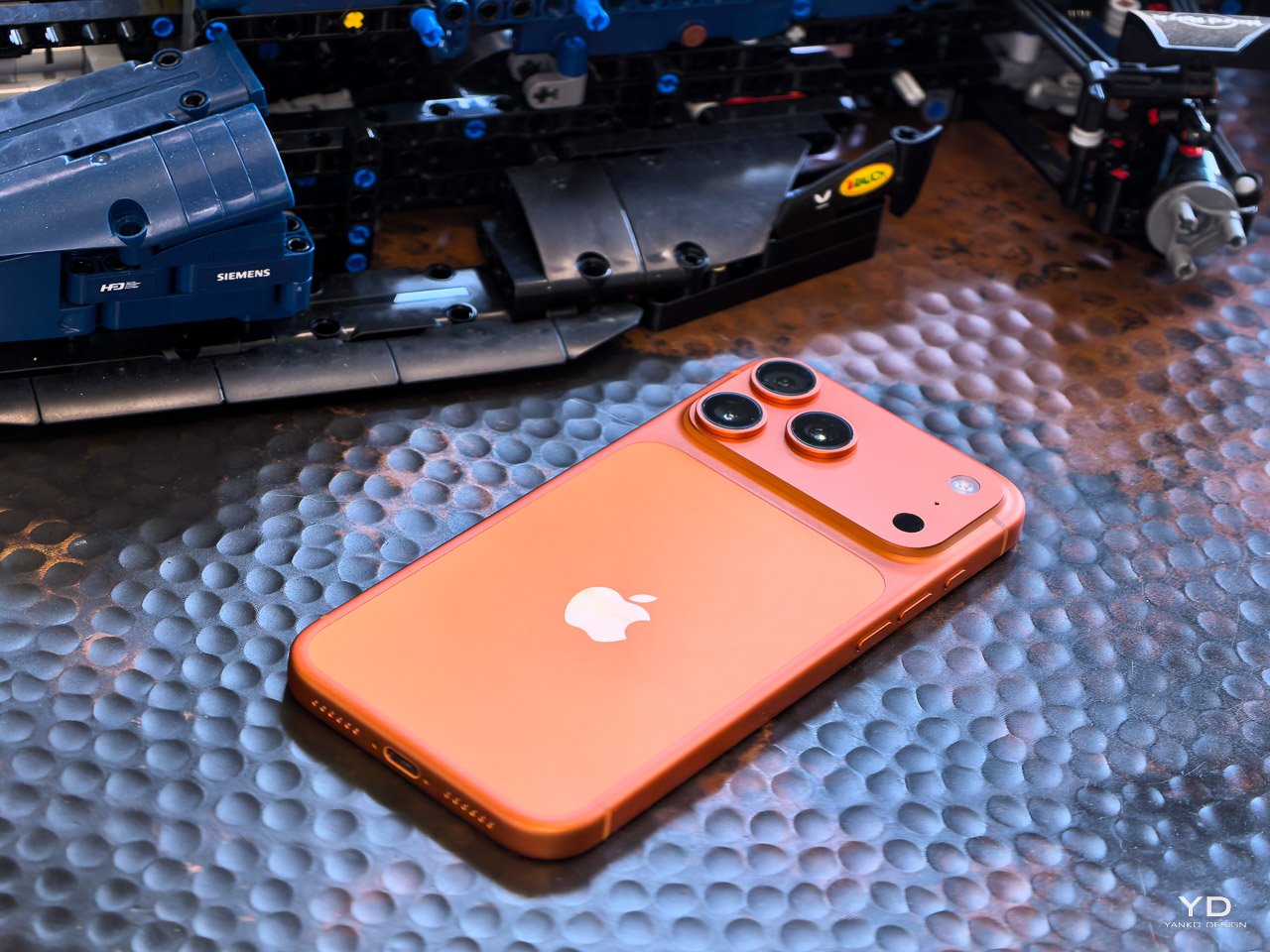
My iPhone 17 Pro Max sits on my copper desk right now, glowing in Cosmic Orange against the warm metal surface. No case. No screen protector. Eleven days of daily abuse since launch on September 19. According to YouTube, Reddit, and X (formerly Twitter), this phone should be covered in iPhone 17 Pro Max scratches. The camera plateau edges should show silver aluminum bleeding through the finish. Keys in my pocket should have etched permanent marks across the back glass. My daily-use test period did not reproduce those claims.
Design: Apple
The Viral iPhone 17 Pro Max Scratchgate Panic
Within hours of the iPhone 17 Pro Max launch, social media exploded with scratch complaints. YouTube creators uploaded videos titled “Scratchgate is Real” showing close-ups of damaged store demo units. Reddit threads collected photos claiming Apple Store displays looked “wrecked” after just a few hours. Tech reporters amplified the narrative with the hashtag scratchgate, warning that the new Pro models scratch easier than any previous iPhone.
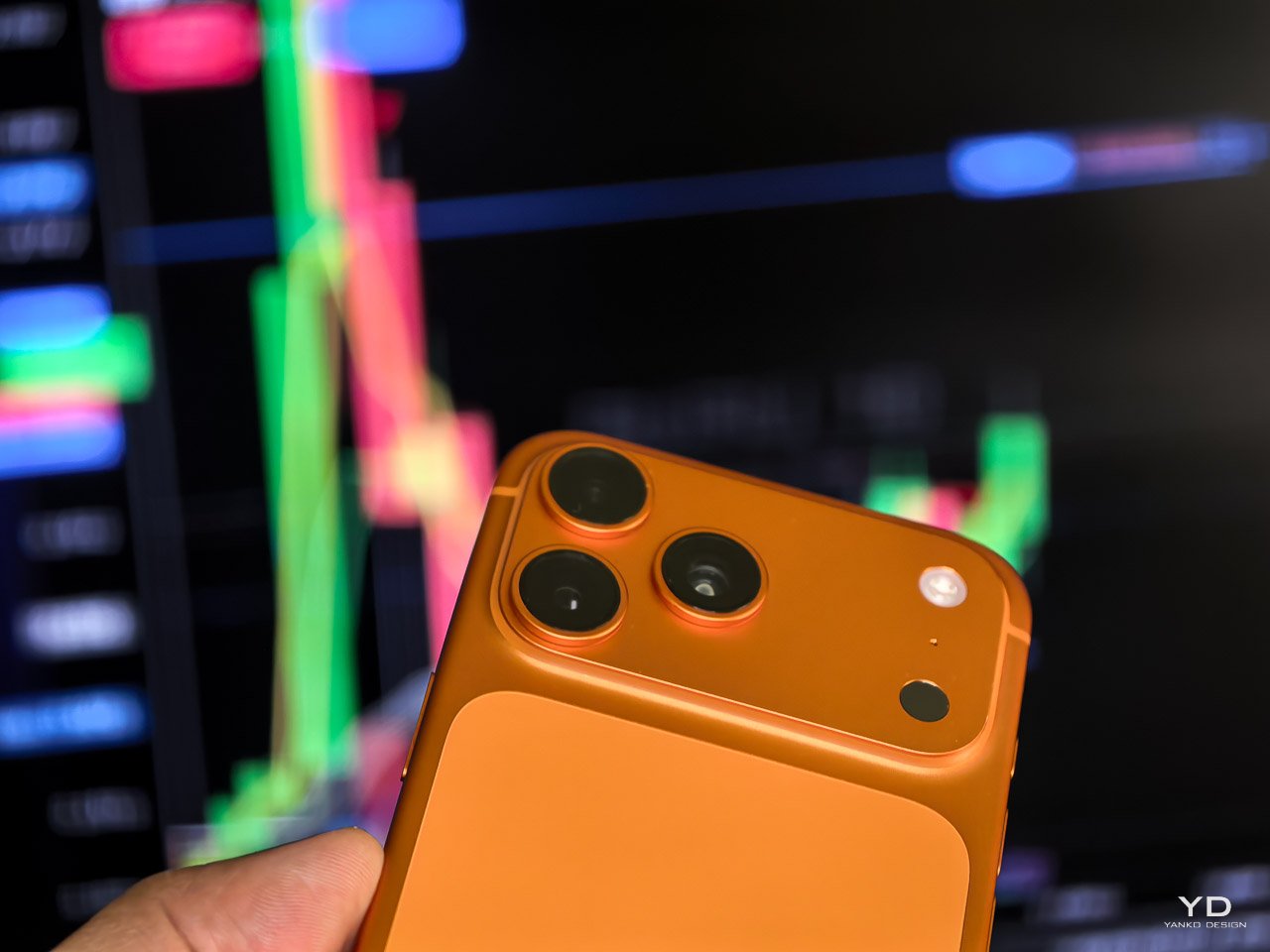
The claims focused on one specific area: the camera plateau. This redesigned housing for the rear cameras wraps around with what some called sharp edges. Videos showed silver aluminum showing through colored finishes on Deep Blue and Cosmic Orange models. JerryRigEverything posted durability tests highlighting damage at the plateau edges during controlled Mohs hardness testing with mineral picks.
I decided to test it myself with an anecdotal real-world durability test. Do not put much stock in what you read and see on the internet without evidence. Keys in the same pocket as the phone during every commute. My desk setup includes a copper work surface, rough wood sections, and glass panels. The phone migrates between all of them throughout the day. I set it down carelessly while checking stock charts on my monitor. I slide it around to make room for notebooks and cameras.
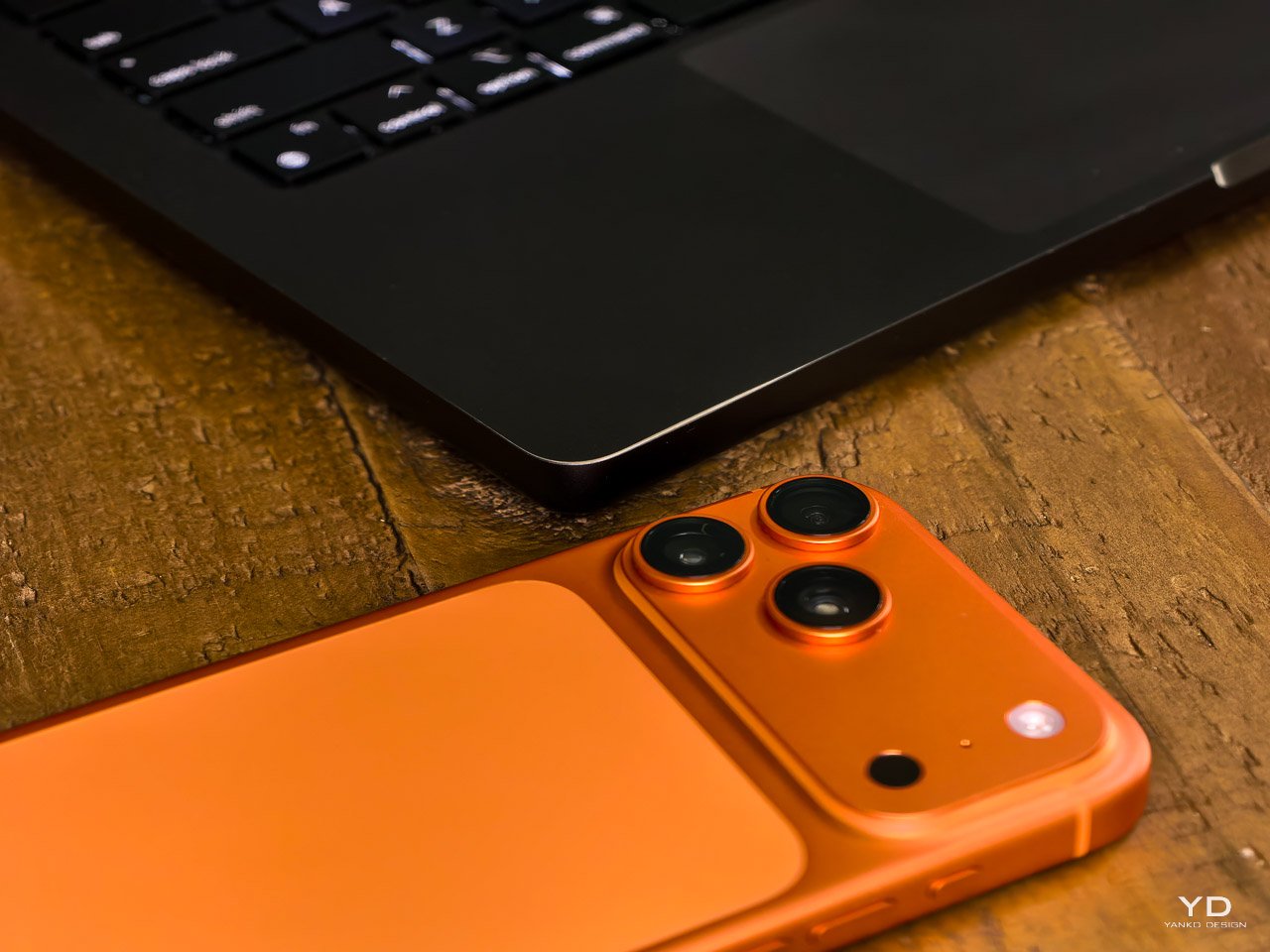
My watch clasp has created visible wear on my MacBook Pro’s left edge over the years from repeated contact. This proves aluminum can show damage from daily friction over extended periods. The iPhone can experience similar abuse and is expected to wear over time. It rests on copper desk surfaces, rough wood sections, and sits in the same pocket as my keys during every commute. Will the plateau aluminum eventually show micro-abrasions over months or years of use? Probably. Anodized aluminum is not indestructible. But if the plateau were as catastrophically fragile as viral videos claimed, I should see significant damage after eleven days of deliberate abuse. My test period resulted in zero visible scratches on the plateau edges.
What Early Videos Got Wrong About Material Transfer
Apple made an official statement about the store demo “scratches” that most creators ignored. Apple says many store demo marks came from material transfer off worn MagSafe stands and can be cleaned with a microfiber cloth. That is different from permanent etching. Worn charging accessories in Apple Stores transfer dark residue onto phone backs, creating cosmetic marks that look like scratches in photos but wipe away with gentle cleaning.
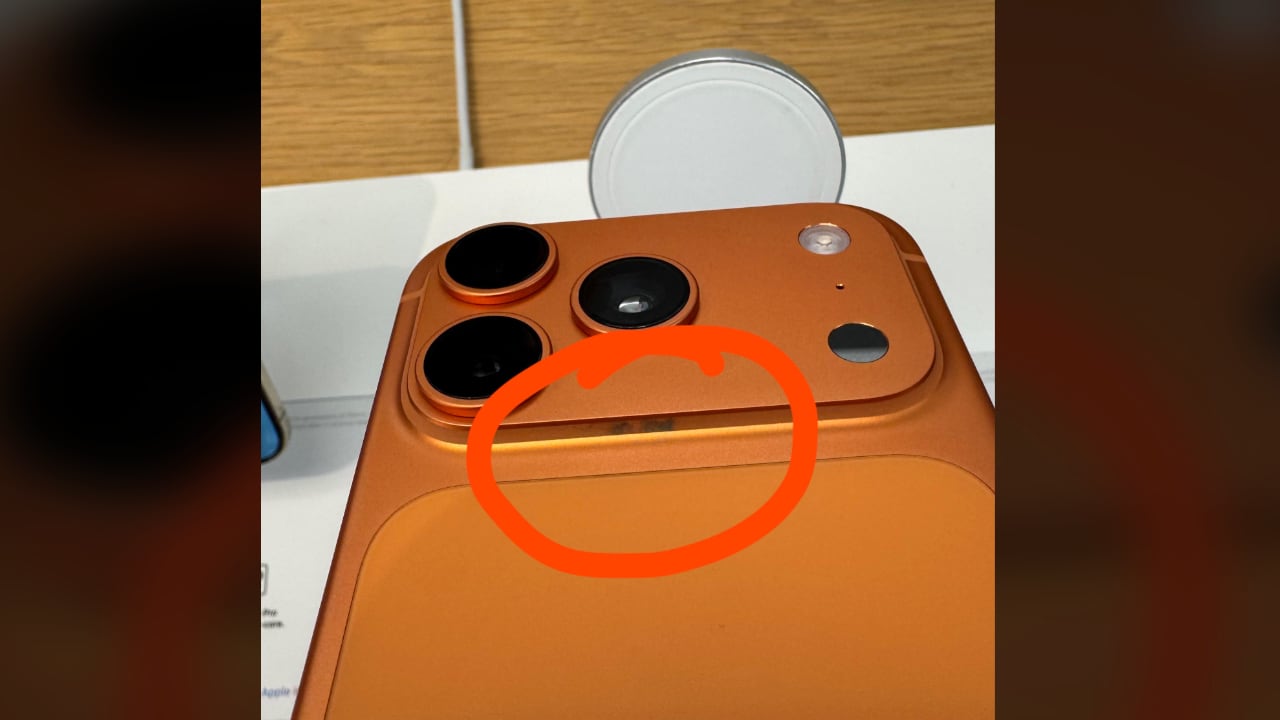
This distinction matters tremendously. Material transfer is removable. Actual scratches are permanent etching that penetrates the protective coating. You cannot clean off a real scratch. Store fixtures magnified residue that wipes clean. I tested this with my Cosmic Orange unit after a week of pocket carry. A microfiber cloth removed the cosmetic marks completely, revealing pristine finish underneath.
The Ceramic Shield 2 Reality Check
Apple says the front uses Ceramic Shield 2 with a new coating for three times better scratch resistance. For the first time, the back is Ceramic Shield, and Apple claims four times better crack resistance versus prior back glass. My testing focused on day-to-day scuff and scratch behavior in real-world use.
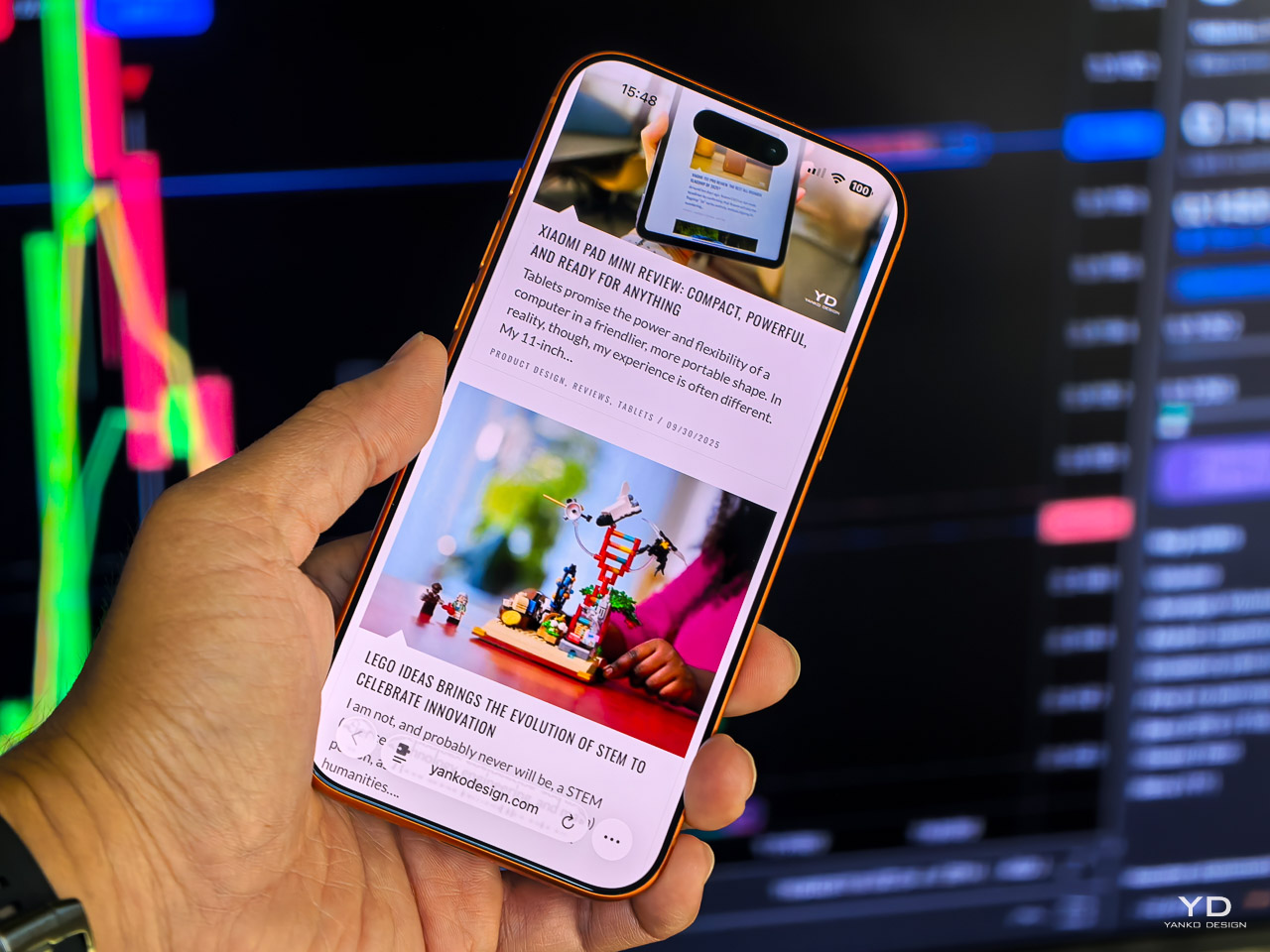
These numbers are not marketing fluff. My test period validated them. I deliberately subjected this phone to scenarios that damage most devices. Keys share a pocket with the phone during every commute. The phone sits on various desk surfaces throughout the day, including rough wood and metal edges. I handle it constantly without the careful placement most people use with expensive electronics.
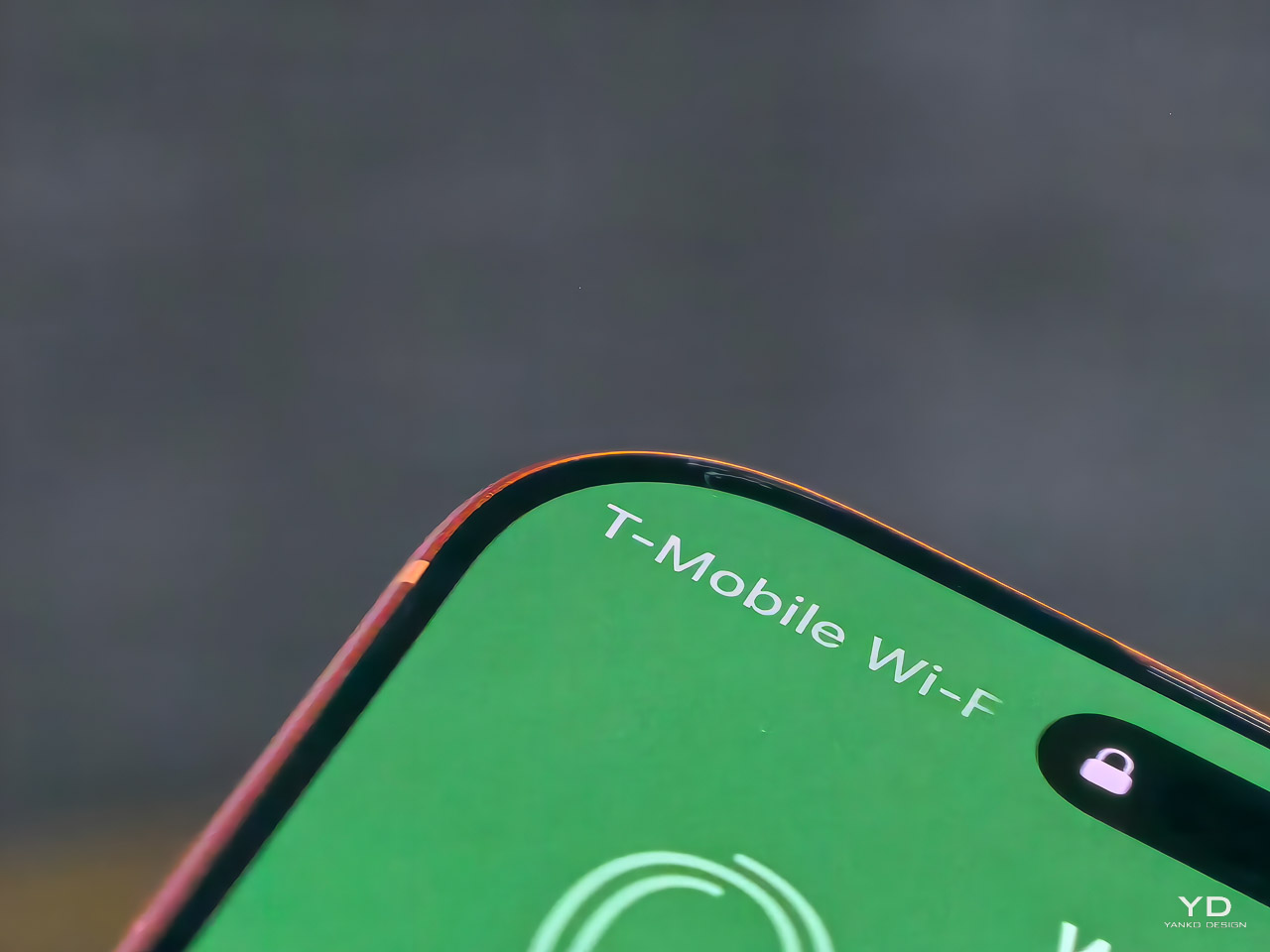
The front display shows no visible marks. The back Ceramic Shield glass remains flawless. Even the camera plateau edges look factory fresh. The phone genuinely resists everyday abrasion exactly as Apple claimed.
Why The Camera Plateau Actually Enhances Durability
The most criticized element in early videos may actually improve day-to-day durability. Apple redesigned the camera housing into what they call a plateau. This larger surface area wraps around the camera lenses. Apple places antennas around the perimeter. The plateau increases internal volume for components and battery, and it defines the primary contact zone when the phone rests on its back. Many creators called this design controversial or even ugly. They claimed it creates a weak point where the anodized aluminum shows damage easily.
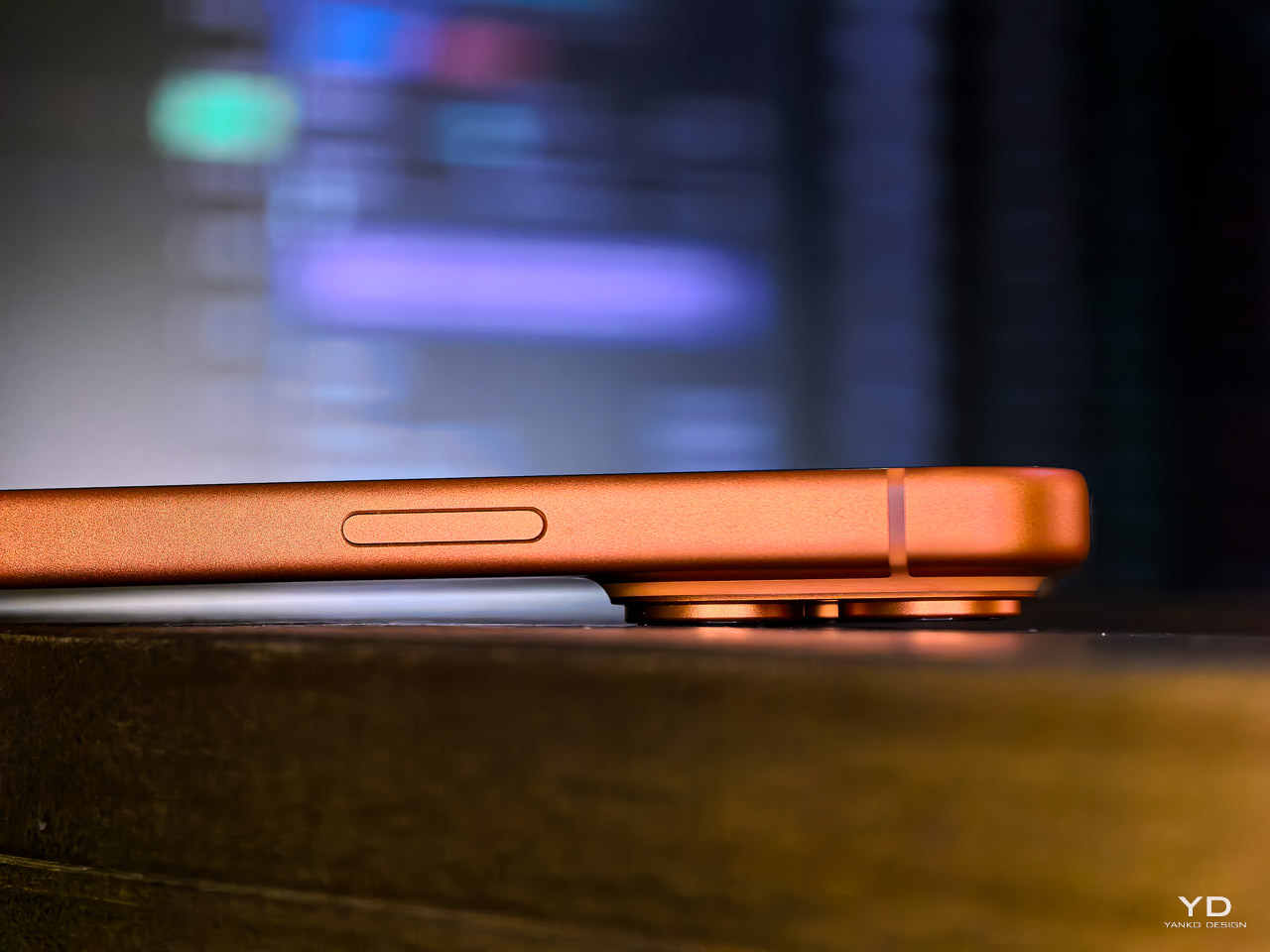
The opposite is true in practice. The raised plateau concentrates contact on a defined area of the back rather than distributing pressure across multiple points. This design choice appears to limit how much of the back panel contacts surfaces during normal use. My test period showed this geometry working as intended, with plateau edges remaining pristine despite regular desk and surface contact. Edge wear concentrates at corners on any anodized aluminum, which explains why that zone got attention in early videos.
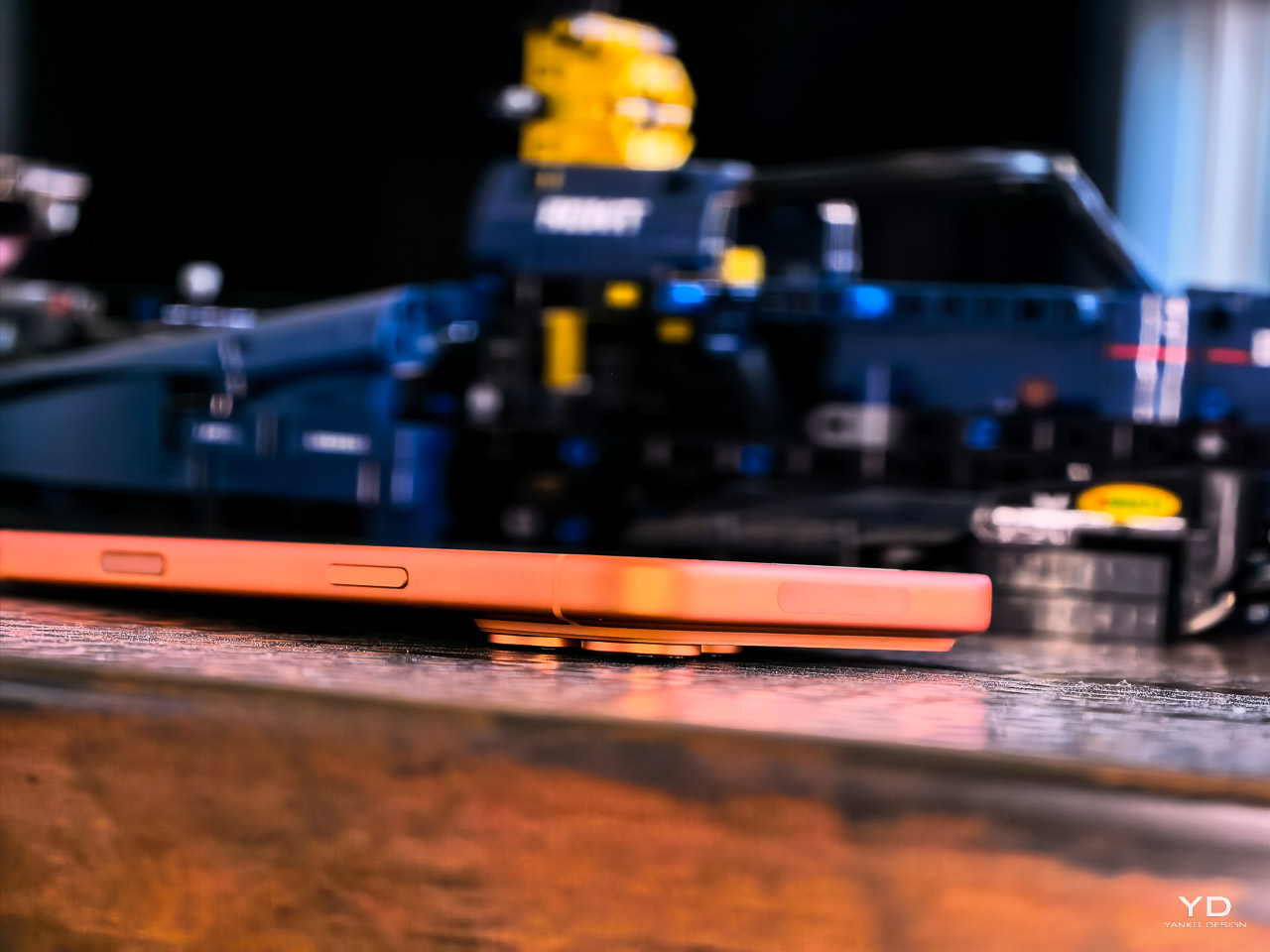
The Aluminum Confusion That Misled Everyone
Many people claimed the iPhone 17 Pro Max should behave identically to MacBooks and iPad Pro models because they all use aluminum. This comparison seems logical but misses critical details about alloy choice, surface treatment, and manufacturing priorities.
Yes, all three product lines use aluminum as the base metal family. No, they do not use identical finished parts or surface treatments. The iPhone 17 Pro Max features what Apple describes as heat or laser-forged, thermally conductive aluminum. This aerospace-grade alloy gets optimized for maximum thermal management. The company switched from titanium specifically to improve heat dissipation for the integrated vapor chamber cooling system.
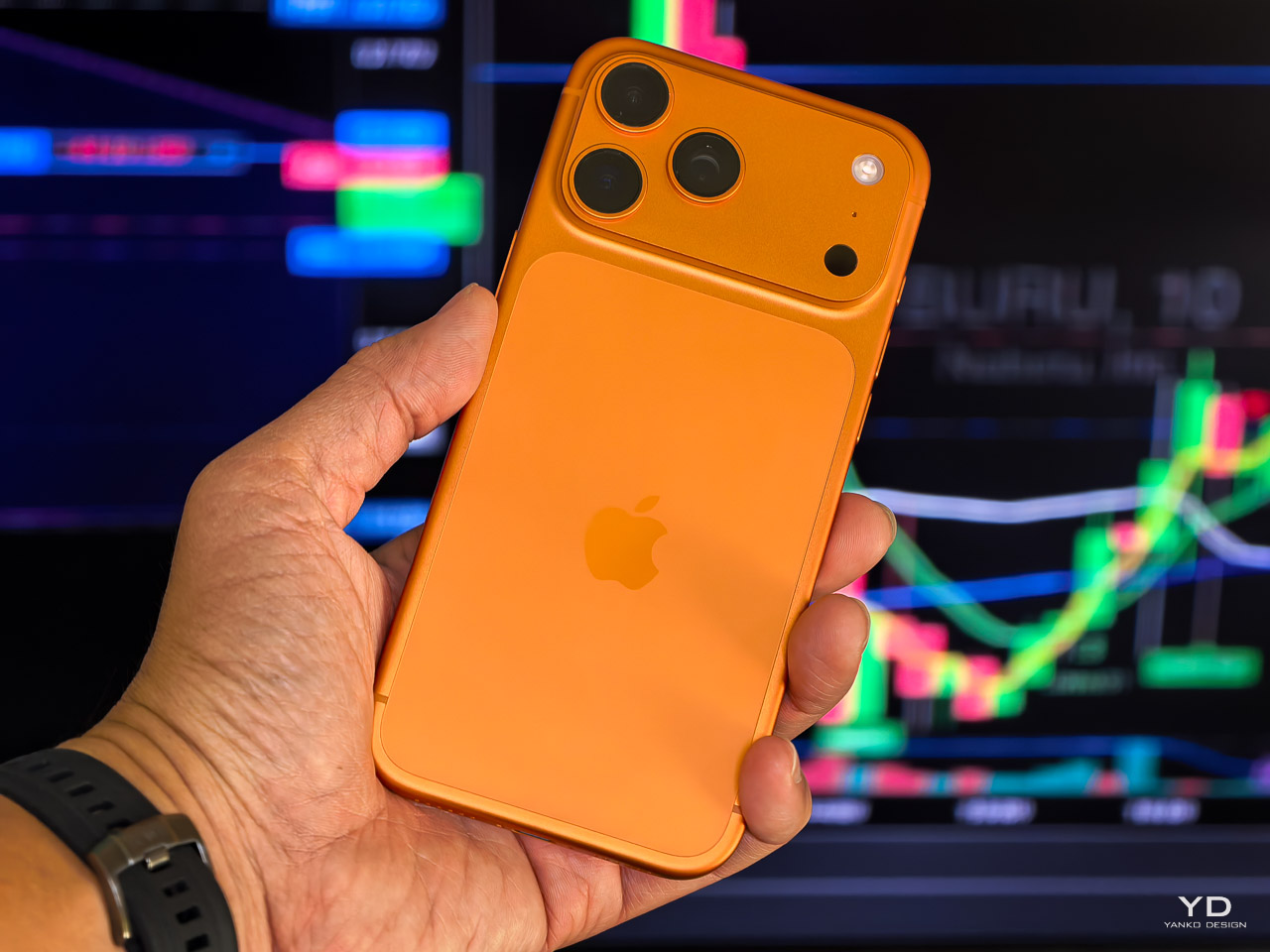
MacBooks and iPad Pro models often use 100 percent recycled aluminum that Apple emphasizes for sustainability. These devices have different structural and thermal requirements. Laptops sit on desks and dissipate heat through keyboard decks and bottom panels. Tablets get held but experience less intensive thermal loads than phones running AAA games or professional video capture. The alloy compositions differ to serve these distinct use cases.
Surface treatments vary even more significantly. iPhone anodization gets applied in thin, consistent layers over complex curved surfaces and sharp edges. MacBook enclosures use thicker anodization on simpler geometries with rounded edges. These manufacturing choices affect how visible wear appears and where micro-abrasions show up first. Edges show wear first on any anodized device, which aligns with material science and with my expectations for long-term use.
What iFixit’s Microscopy Actually Shows
The Verge reported iFixit’s microscopy findings that supposedly proved the iPhone 17 Pro Max scratches easily. This reporting created significant panic across social media. People pointed to professional analysis with microscopic imaging as definitive proof of fragility. The context matters more than the headline.
iFixit examined the camera plateau at high magnification and found microscopic spalling and surface disruption at the anodized edges. The microscopy shows brittle behavior at sharp anodized corners that can expose silver base metal through color finishes on darker models over extended time. This sounds damning until you understand what microscopy reveals about all anodized surfaces. Every anodized aluminum product shows micro-abrasions at the molecular level under sufficient magnification. These imperfections exist on MacBooks that people consider durable. They appear on previous iPhones that held up well. They are present on any anodized surface exposed to handling and environmental contact.
The critical question is visibility to the naked eye during normal use. My iPhone 17 Pro Max plateau edges show no visible marks after my test period. No exposed metal. No scratches you can see without laboratory equipment. Microscopy reveals micro-features that do not map one-to-one to daily appearance.
The Content Creator Incentive Problem
YouTube’s algorithm rewards controversy. A video titled “iPhone 17 Pro Max Scratches in 24 Hours” gets more views than “iPhone 17 Pro Max Holds Up Well After Testing.” Creators understand this. They optimize for engagement, not accuracy. Early controversial takes about new products drive traffic and revenue. Affiliate case sales add another incentive layer. Many creators who warned about easy scratching linked to protective cases and screen protectors in their video descriptions. These affiliate links generate commission on every sale. Creating urgency about protection needs directly benefits the creator financially.
Testing methodology failures compounded these incentive problems. Most durability videos came out within 24 to 48 hours of launch. Creators received review units or purchased phones on launch day, ran quick tests, and published fast to capture search traffic. They did not distinguish between removable residue and permanent etching. They did not test whether marks cleaned off. They certainly did not conduct eleven-day real-world use tests before declaring the phones fragile.
JerryRigEverything’s testing exemplifies this methodology gap. His Mohs hardness test uses mineral picks to measure coating removal thresholds under controlled scratching with progressively harder materials. This does not model keys, coins, or normal desk surface contact. His findings show damage concentrated at sharp plateau edges, matching the iFixit microscopy analysis of edge geometry effects. The Mohs test measures material hardness under deliberate scoring with geological specimens, not real-world abrasion resistance during daily use.
The YouTube Shorts format made this worse. Creators could extract the most dramatic ten seconds from longer videos, add alarming text overlays, and spread panic without context. These shorts spread across platforms faster than full reviews with methodology explanations. People saw clips of plateau edge damage without hearing that it came from deliberate hardness tests or removable transfer marks.
I understand why this happened. Creators need views to survive. The algorithm punishes nuance and rewards alarm. But the collective effect created a false narrative that contradicts my actual testing experience. The iPhone 17 Pro Max does not scratch easily. It scratches exactly as you would expect from anodized aluminum with Ceramic Shield protection.
What Apple Got Right That Few Believed
Apple issued a measured response during the peak of scratchgate panic. The company addressed the store demo concerns directly, explaining that many reported scratches were actually material transfer from worn MagSafe charging stands and display fixtures. This residue accumulates on phone backs and looks like permanent damage in photos, but a microfiber cloth removes it completely. Apple distinguished clearly between removable cosmetic marks and actual etching that penetrates the protective coating.
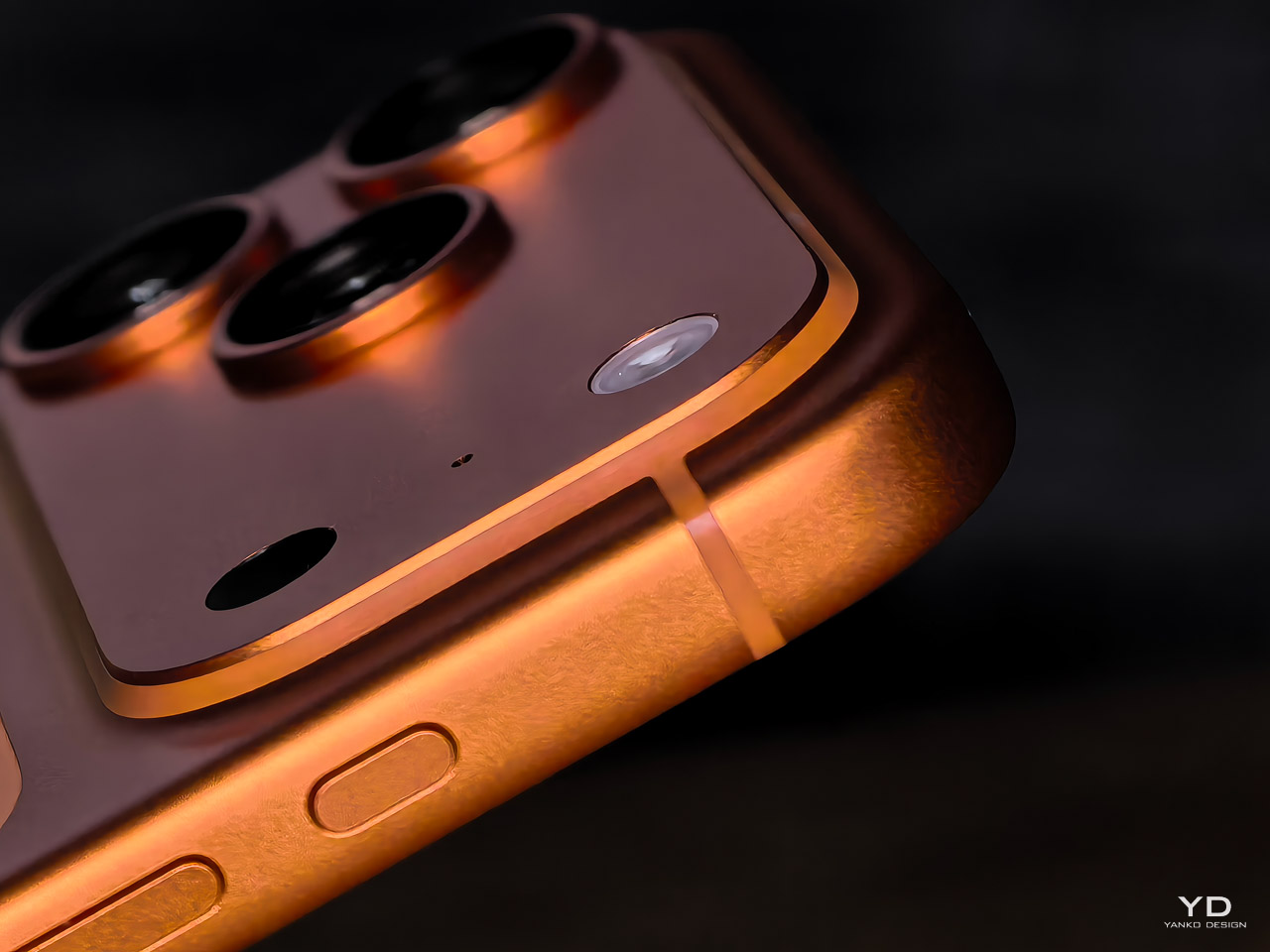
The statement also covered the camera plateau design that drew the most criticism. Apple confirmed the edges use standard anodized aluminum finish identical to other products in their lineup, including MacBooks and iPad Pro models. The company acknowledged that sharp anodized edges naturally show micro-abrasions over extended use periods. This counts as normal wear characteristics for this surface treatment, not a manufacturing defect or design flaw.
My eleven-day testing period validates every element of Apple’s technical explanation. The material transfer claim proved accurate when I cleaned my Cosmic Orange unit after a week of pocket carry. The anodized aluminum durability matched the company’s specifications exactly. The plateau edges remained pristine despite the rough handling that viral videos claimed would destroy them immediately. Apple told the truth while the internet amplified panic.
The Real Durability Story After Eleven Days
The phone resisted all of it. This is not lucky sample variation. This is Ceramic Shield 2 and proper anodized aluminum working exactly as Apple’s engineering team designed them to work. The material science behind these protection systems is sound. The chemistry is proven. The real-world performance matches the specifications.
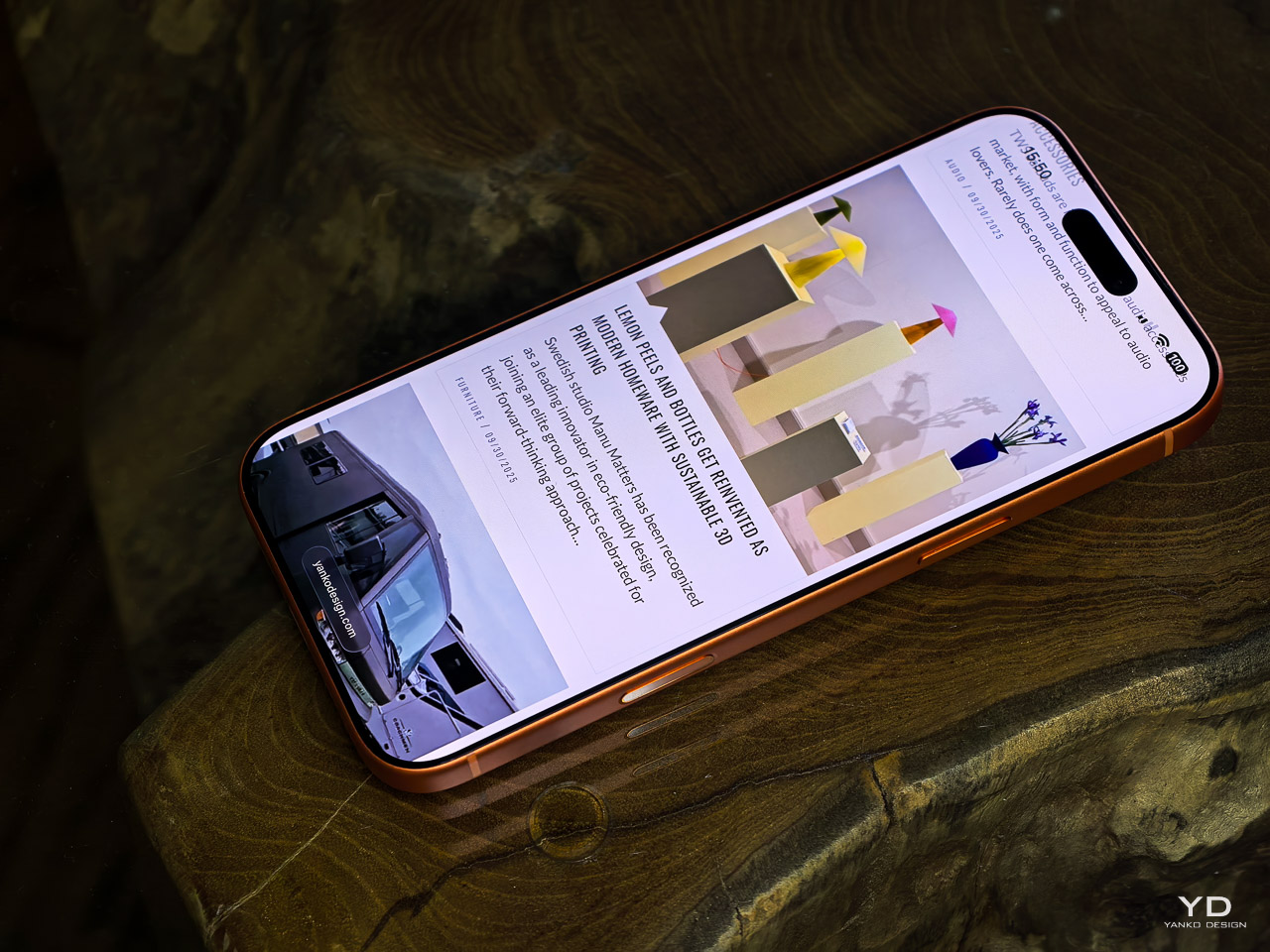
I compared this to my iPhone 16 Pro after a similar eleven-day period last year. That phone showed minor micro-scratches on the back glass that were visible under bright light. The titanium frame picked up small marks at the corners. Nothing serious, but noticeable if you look for it. The iPhone 17 Pro Max shows none of this. The improvement in scratch and crack resistance is measurable in direct comparison. Ceramic Shield 2 on the front and Ceramic Shield on the back make a real difference.
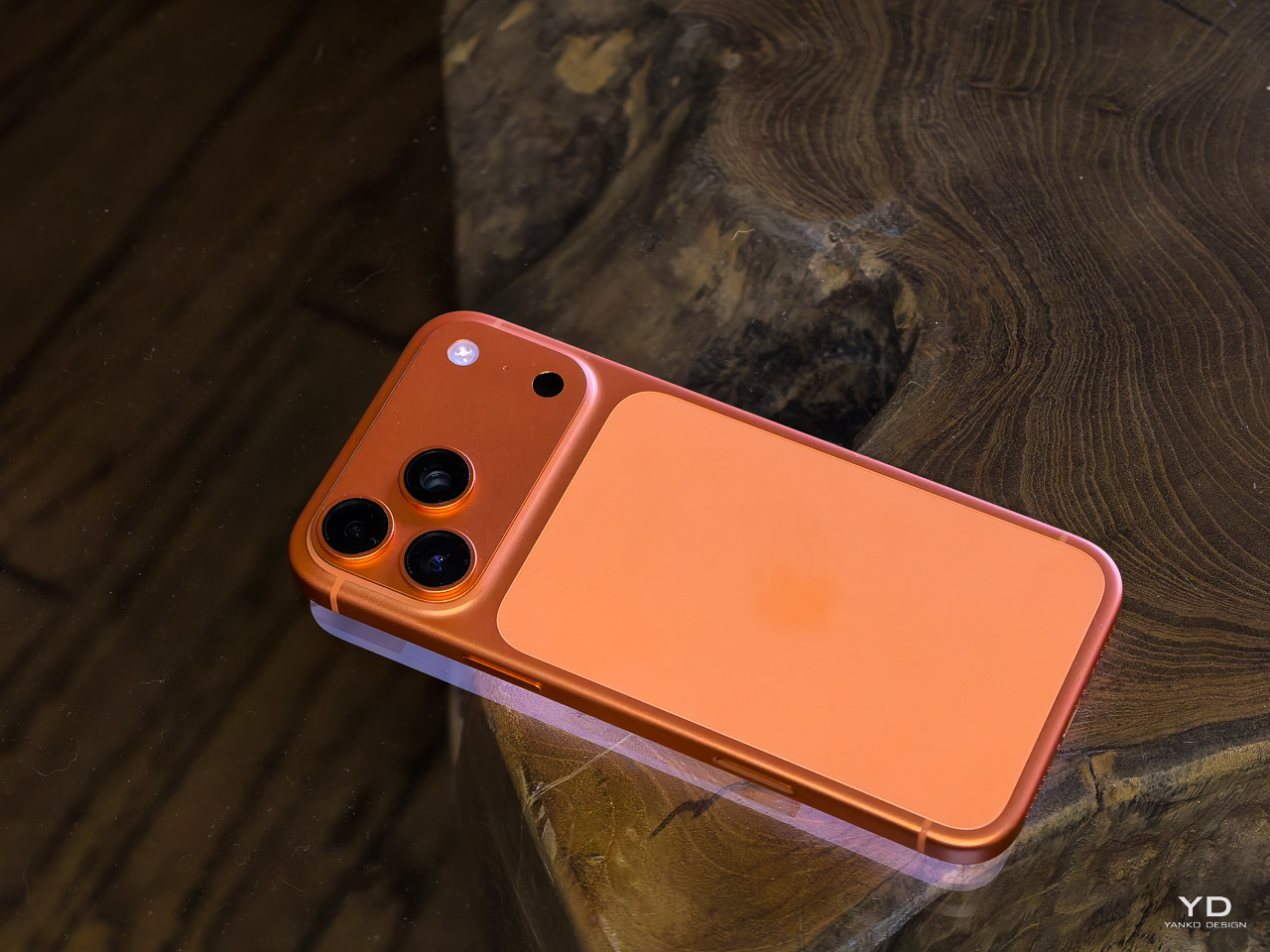
The darker Cosmic Orange color that creators claimed would show damage worse actually helps reveal the truth. Any exposed metal would be immediately obvious. My phone shows none of this.
Should You Use A Case? An Honest Assessment
I ran this test without protection to prove a point about durability. That does not mean everyone should carry their iPhone 17 Pro Max naked. Case decisions depend on personal risk tolerance and use patterns.
For scratch protection specifically, you do not need a case. Ceramic Shield 2 works. The anodized aluminum holds up. My testing proves the phone resists everyday abrasion from keys, coins, and desk surfaces. If your primary concern is cosmetic damage from normal handling, the engineering protection is sufficient.
For drop protection, cases still matter. Ceramic Shield 2 improves crack resistance but does not eliminate it. A six-foot fall onto concrete can still shatter glass regardless of coating improvements. If you drop phones frequently or work in environments with drop risk, a case provides valuable insurance. Your decision should be based on drop likelihood, not scratch panic.
The Material Science Early Coverage Ignored
Understanding the difference between material transfer and permanent scratching changes how you interpret phone condition.
How To Tell Transfer From Scratch
Microfiber test: Gently wipe the mark with a clean microfiber cloth. Material transfer removes easily, scratches do not.
Bright-light inspection: View the surface under direct lighting at an angle. Permanent scratches appear as etched lines or grooves, transfer looks like surface residue.
Transfer happens when softer materials like plastics or rubbers leave residue on the phone surface. A microfiber cloth removes this easily. Permanent scratches require harder materials to etch the protective coating and cannot be cleaned away.
Trust Testing Over Panic
My test period produced no visible damage on the display, back glass, or camera plateau edges. Ceramic Shield 2 delivers exactly what Apple promised. The plateau design enhances durability rather than compromising it. Make your phone protection decisions based on evidence rather than viral panic. Early coverage was wrong about scratchgate. Your phone will hold up fine too.
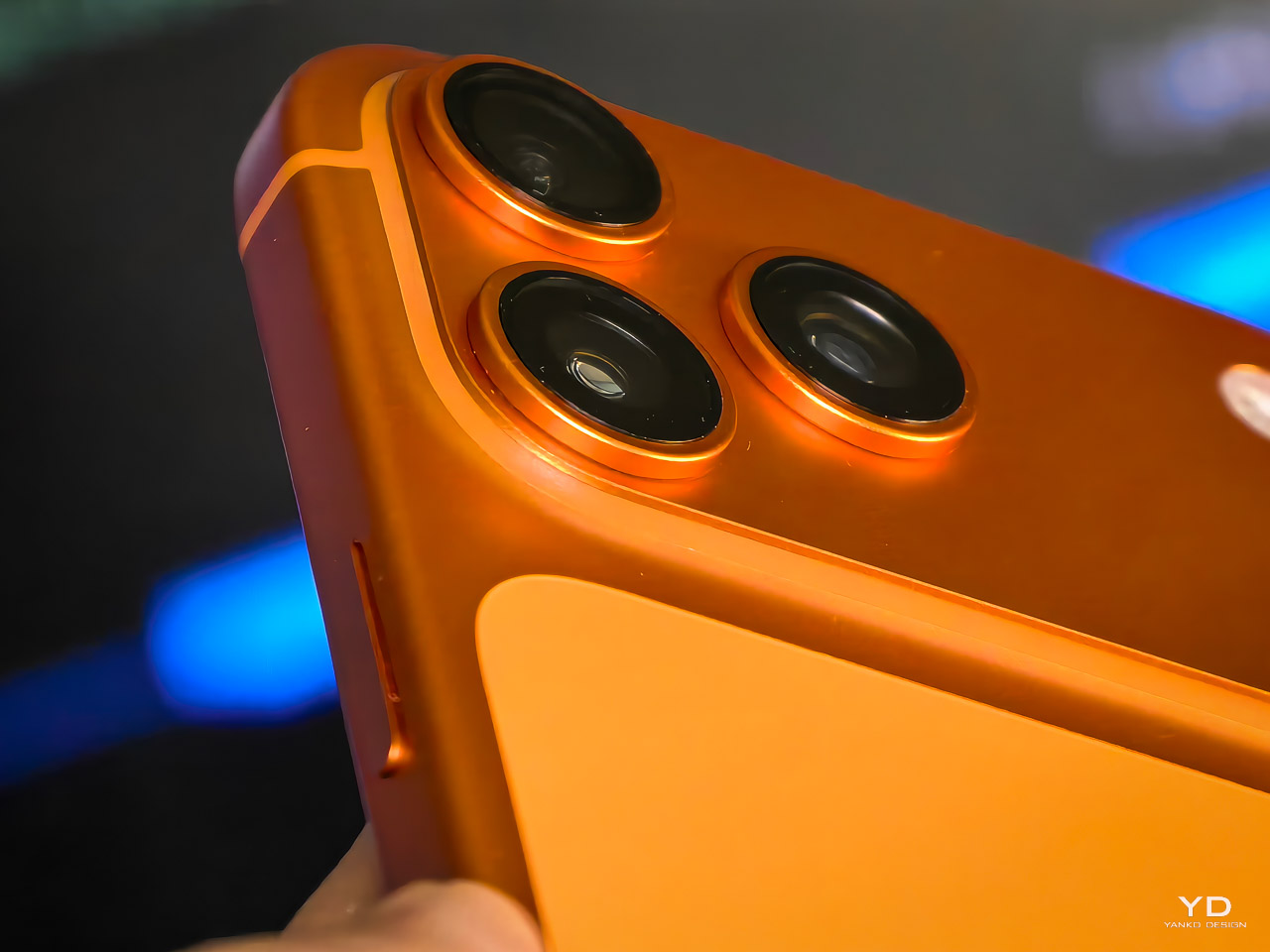
Apple has moved to an aerospace-grade aluminum unibody for thermal reasons. AppleInsider quotes Apple that the aluminum alloy used here has roughly twenty times the thermal conductivity of last year’s titanium. This matters for sustained performance, but it also affects durability. Aluminum, when properly anodized, resists abrasion effectively. The finish Apple applies includes corrosion-resistant treatment that holds up to daily wear.
